What is a CAP Rate in Real Estate?
When it comes to real estate investing, few terms are as commonly used and at the same time as widely misunderstood as “cap rate.” It’s always smart to focus on the return you can make to justify the amount you are planning to invest.
Cap rate is a return metric used to determine the potential return on investment or payback of capital. It is popularly used with commercial properties where there is an increased risk due to the nature of returns (operating income).
Whether you’re a seasoned veteran or just a newly minted real estate investor, you will find the following information valuable in working through your next project.
Understanding Cap Rates
Cap rate (or capitalization rate) is a metric used to assess the attractiveness of a real estate property. It is a percentage that denotes the annual net operating income (NOI) of an asset divided by its market value.
According to Statista, the average capitalization rate of retail property in the U.S. was 6.14% in the first quarter of 2022. In this period, the cap rates for retail properties at shopping centers were 6.75%, compared to 5.63% for standalone shops.
Cap rates are usually used to determine a property’s intrinsic value and as a basis to compare against other similar properties. Cap rates vary based on the property type, location, size, and age of the property in question.
The capitalization rate is commonly used in real estate investment and development. It is one of the crucial metrics used to decide between property acquisitions, developments, redevelopments, and dispositions with similar characteristics.
Such properties include:
- Multifamily rental properties
- Commercial real estate
- Apartment buildings
- Rentable townhouses
- Single-family rental homes
This metric signals how much you are paying for your property as a percentage of its cash flow. A high cap rate means the property is producing more income than it costs to own. A low cap rate means it costs more to own than it generates in income.
How to Calculate a Cap Rate
The cap rate is calculated by dividing the annual net operating income (NOI) by the price of the property and then multiplying that number by 100. This gives you your percentage return on investment (ROI).
The formula for calculating a cap rate is:
Cap Rate = Net Operating Income (NOI) / Property Market Value
Here are some examples of how to calculate a cap rate.
Example 1: A property that generates $100,000 in annual NOI sells for $1 million. The cap rate is 10% (100,000 / 1,000,000 = 0.10).
Example 2: A property that generates $50,000 in annual NOI sells for $300,000. The cap rate is 16% (50,000 / 300,000 = 0.16).
There are several ways to calculate cap rates, but it’s easiest to use an online calculator like this one from Omni.
Key Takeaways
- The net operating income (NOI) can be further defined as the income generated by a property less all expenses related to owning and operating it. This includes mortgage payments, taxes, insurance, and maintenance costs.
- Property Market Value (PMV) is a comparable market-based valuation method. It requires two things: the price history of similar properties in the same locality, and the sale prices of these properties. Based on these, PMV determines how much value there is in your property.
- Return on investment (ROI) is a measurement of the efficiency of an investment to its owner (or investor). The return on investment is calculated as the interest or profit earned from an investment minus the cost.
What’s a Good Cap Rate?
It depends on what you mean by “good.” An average cap rate varies depending on the type of property.
For example, a high cap rate means that a property is a good investment since it will yield a high return on investment. If you buy a property for $100,000 and it comes with an annual rent of $10,000, your cap rate is 10%. This means that for every $1 you invest in this property as an owner, you will earn $0.10 in profit each year.
On the other hand, if you are buying a property for $100,000 and it only yields $5,000 in annual rent revenue for you, then your cap rate would be 5%. For every $1 invested into this property as an owner, only $0.05 would be earned back as profit each year.
The best way to determine whether your current rental property has a good or bad cap rate is to look at its historical performance over time. You can do this by using an online rent analysis tool like Rentometer or AirDNA.
These tools allow you to analyze all kinds of information about rent prices and vacancy rates across different markets so that you can see whether your rental property’s rental history is consistent with other similar properties in its area.
In general, a real estate investor should look for properties that have a high cap rate and low NOI (net operating income). This means it has a high cash flow and low expenses.
Cap Rate Drivers to Consider
It’s imperative to understand how cap rates are impacted by the factors that are listed below. The following list is not exhaustive, but it includes most of the major factors that affect cap rates in every market.
Interest Rates
Interest rates have a significant impact on cap rates because they can affect how much leverage you take on when buying an asset, either through debt or equity. Therefore, it affects how much cash flow you receive from your investment relative to its price tag.
Rising interest rates increase debt service costs and decrease cap rates. When interest rates rise, investors have less money to spend on equity investments such as real estate. When interest rates fall, it becomes cheaper for investors to borrow money to invest in equity investments like real estate, and they can afford higher cap rates on those investments.
The U.S. Federal Reserve has been raising interest rates to control inflation and prevent asset bubbles from forming again after the 2008 financial crisis and recession.
Market Conditions
Your local market’s overall health and stability are key factors in determining your cap rate. In a robust market, cap rates tend to be lower because lenders have more confidence in their ability to sell properties quickly and at higher prices.
In a weak market, cap rates tend to be higher because lenders are less confident they’ll be able to sell if they need to move quickly or if they need to lower prices as a result of softening demand or rising inventory levels.
Property Type
Cap rates tend to be lower for multi-family units than single-family units because they have greater potential for rental income and appreciation.
Property Condition
Older buildings in poor condition will have lower ratings and thus lower cap rates. Newer buildings in good condition will have higher ratings and thus higher cap rates.
Age of Property
Older properties typically have lower cap rates because they are less desirable, even if they are well maintained.
Location
Location is key when determining the value of real estate. Properties that are located in areas where there are few tenants or businesses can have lower ratings and thus lower cap rates than properties near busy areas where there are many tenants and businesses nearby.
Tenant Quality and Credit History
Tenant quality and credit history can affect your cap rate because they impact your ability to lease up vacant space or collect rent from current tenants. If you have high-quality tenants who pay their rent on time, it’s easier to lease up vacant space or find replacements for them when they move out.
A good tenant base also makes it easier for you to refinance your loan if necessary because banks prefer loans with stable tenant bases over those with tenants who may leave at any time.
Why Do Cap Rates Matter?
Cap rates can be thought of as a kind of sales tax on the income generated by a property. If you were going to buy a house and rent it out, you’d factor in your expenses and how much money you want to make before deciding on a price.
That’s essentially what cap rates do: they tell you how much money you need to make on your investment before it starts paying for itself.
They Provide a Benchmark for Valuation
Once you know what type of property you want to buy and how much it costs, you can use the cap rate as a guide for whether you’re paying too much.
They Reflect Market Sentiment
If cap rates are high, investors believe that rent will go up in the future, which can be good for you as an investor if you’re buying into a strong market. If cap rates are low, investors don’t think rent will increase much in the future, which may be bad for you if you’re looking to buy into that area.
They Give You a Yardstick for Comparison
They indicate whether a property has been overpriced or underpriced relative to comparable properties in its market area. When you’re looking at properties, you’ll find many have similar rent and expenses but different sales prices.
That’s because each deal is unique and has its special circumstances. But if all the other factors are equal between the two deals, the one with the higher cap rate will be more profitable for investors over time.
They Help Estimate How Long It’ll Take to Pay Off Your Mortgage
The higher the cap rate, the faster your cash flow will pay off your mortgage loan or other debt obligations on the property — which means less time before you see profits from your investment!
How to Use Cap Rates as an Investor
As part of property management, it’s imperative to understand how cap rates affect the property’s value and how they impact your work.
Cap rates are important to consider when managing properties because they affect how much rent you can charge tenants, how much you can expect to sell the property for, and how much you need to charge to cover your expenses while still making a profit.
Before You Leave
Embodying a combination of safety and opportunity, cap rates are worth looking into when investing in real estate. However, they are not the end-all-be-all.
They are not a fool proof indicator of success, but they offer an idea of how much profit you could be looking at with any given investment. For these reasons, we believe that cap rates deserve to be part of every investor’s portfolio.
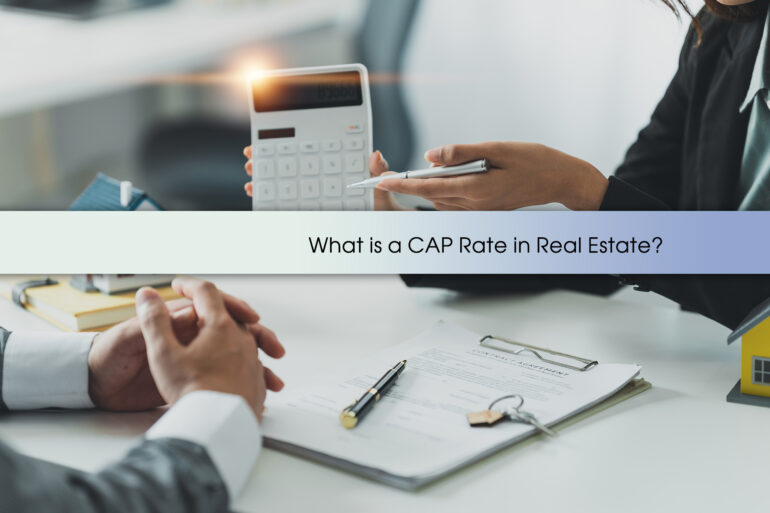

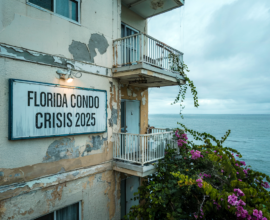
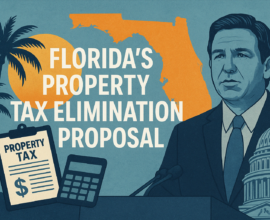
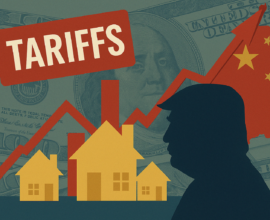
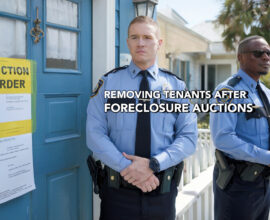



Those are all common sense valuations. Basically it’s just profit to value and profit to investment. As a cash investor, you need to run both. You also need a line item for future repairs and improvements and set a percentage of income aside thus reducing your CAP.